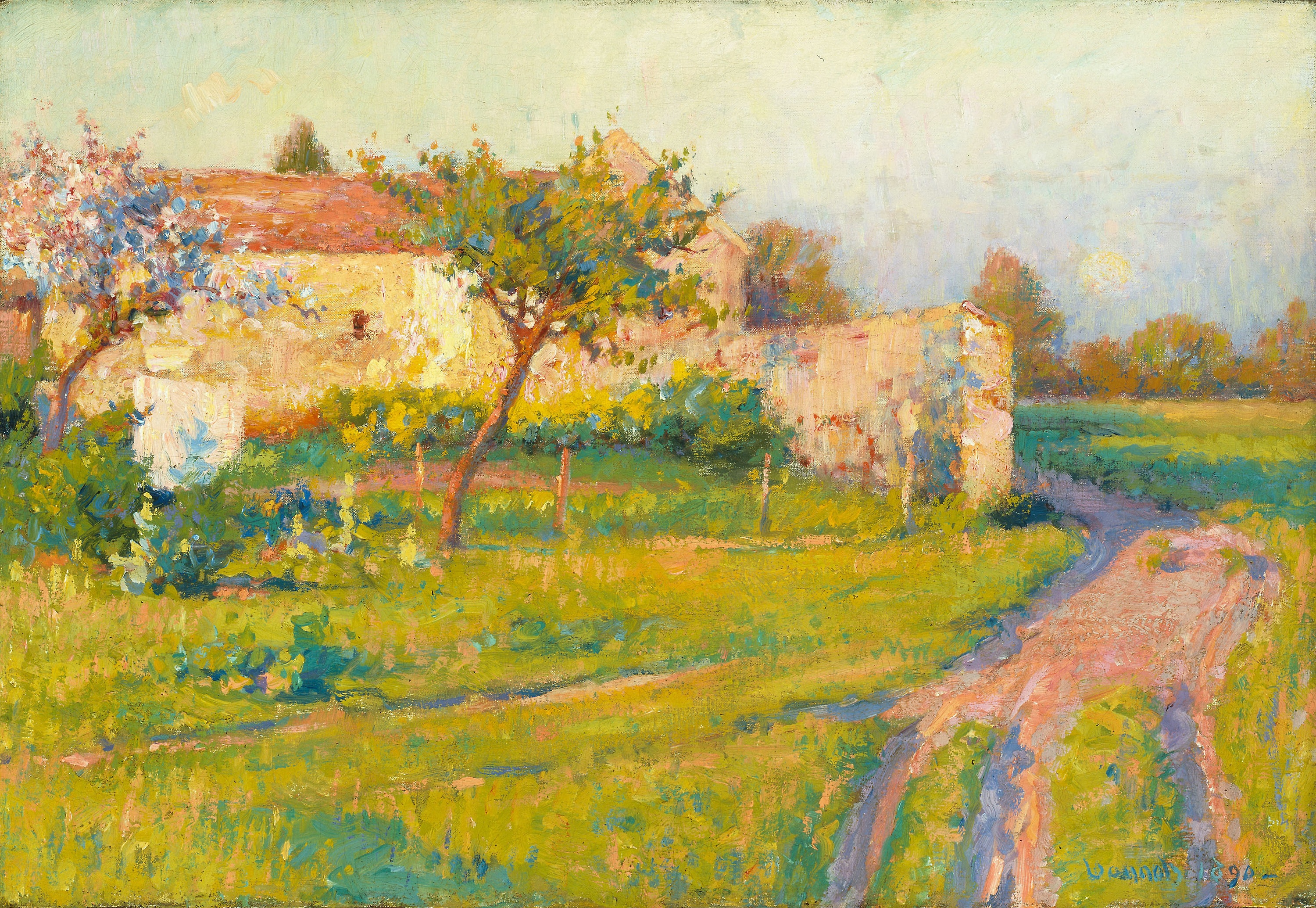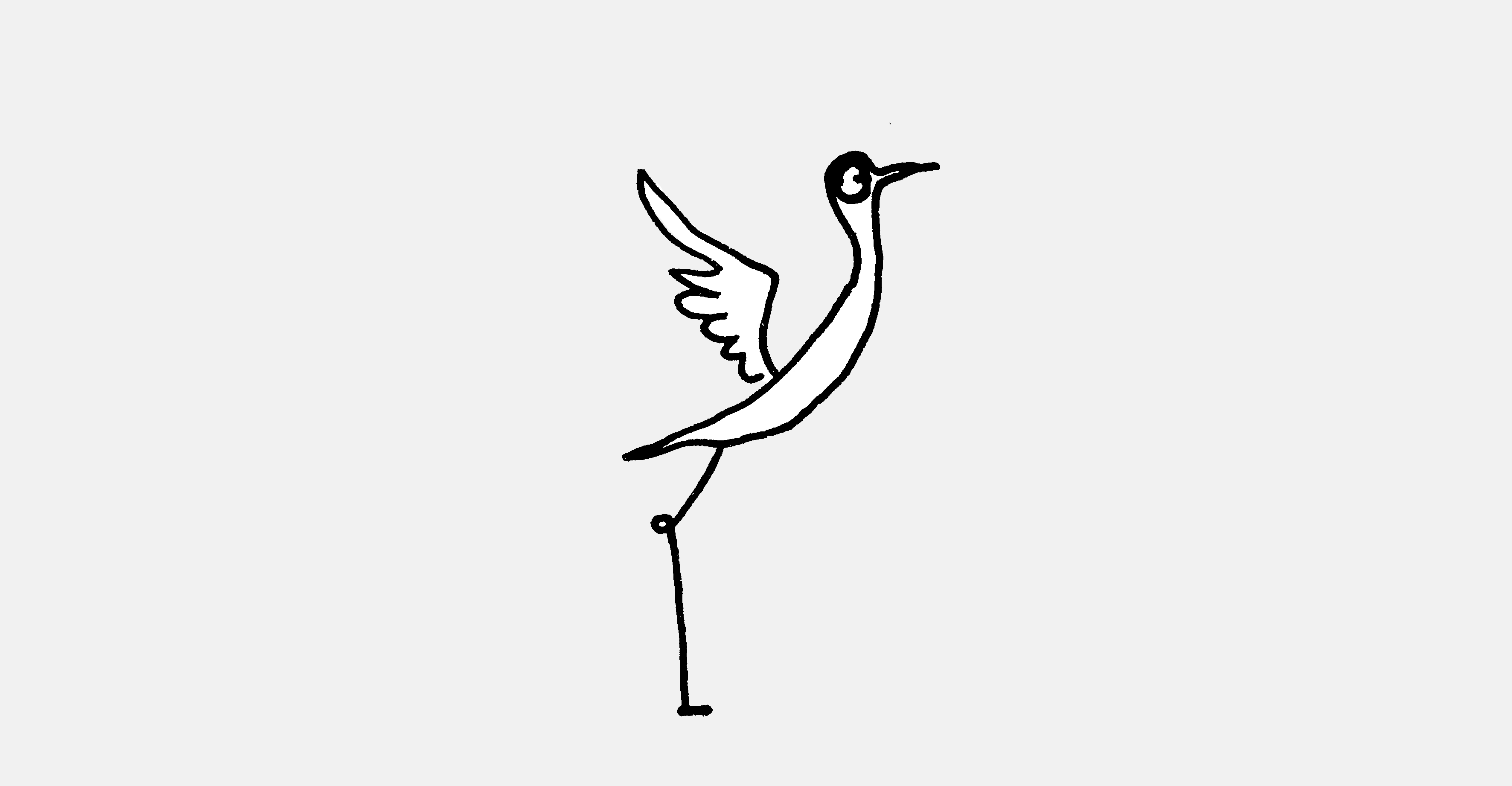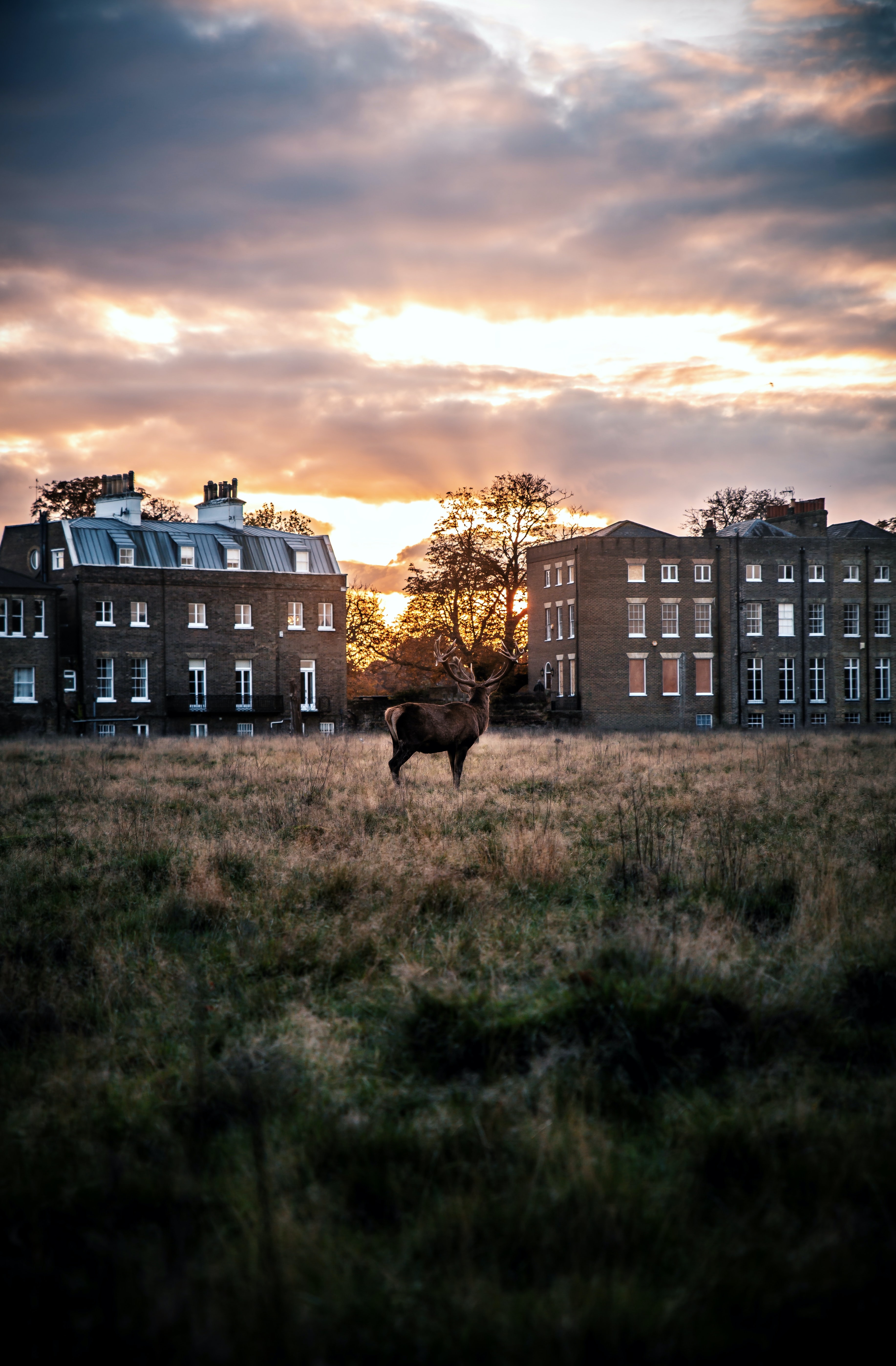
Caution! The magazine does not accept any responsibility for readers who, upon reading this text, might feel a sudden urge to climb maple trees and look for their green flowers, just like the author did.
Tiny flowers, single blossoms on their pedicels, scrunched petals, inflorescence gathering in umbels, in concentrated fragrances, sending wafts of joy toward our dreary fields and gloomy faces. Born out of tiny buds, emerging from tight little bundles, their contents perfectly arranged a long time ago, they stretch and unfold in the air.
Always short-lived, their satiny petals threaded with fine paths of veins carrying water. We notice the most vibrant ones, burning reds of April and May, soaking up the sun’s yellows. We see these all right. We pick them and embed them into the most perfect of human stories, in which roses dazzle, lilies are painted on frescos, and daffodils glisten in the fresh spring light, weaving tales about our world.
Every year on the verge of March and April, there is a moment when I first encounter the air I have been longing for so much, full of spring, mixed with the moisture of the muddy ground. I walk on the globe, on the silver of earth that changed so impossibly within just one month, only because it leaned a little more towards the sun. And so now it licks it with warmth more often, the sky lights up for longer, the night begins to shrink. Sun rays find their way to the nooks and crannies of the landscape, the ones November light can never quite find. Lumps of drab autumnal gloom lighten up, the first shy meadow grasses peek cautiously here and there, unassuming chickweeds join them, too. Baby leaves, brand new flowers.
This means a spring day is a whole new day. Plants are growing living tissue with one mission: to keep on living, building fibres, blossoming, with one great hope that the wind will come and carry their pollen away, or maybe a bumblebee—a messy diner—comes to visit, tempted by the nectar, tousling the anthers, intoxicated with a feeding frenzy, as if in a gluttonous trance, collecting sweet dust on his furry legs. And so, clots of pollen will swell on the limbs of bumblebees and bees, flowers shedding their genes that might just as well find some other flowers, perhaps they will get to scatter inside, to pollinate, fertilize, create the germs of new buds for the new year, and maybe, maybe it all really happens one day. It’s a possibility.
Flowers, those shreds of vibrant crêpe, fragrant bait, hiding their genes inside the tiny capsules of pollen they keep in their medullas. They can get us excited, and they do. We believe they resonate with a primal song of some unattainable beauty, and yet we are allowed to take part in it. We let it seduce us, even though it’s not about us. It’s all about the plants.
My favourite flowers to look at are the ones invisible to people, undescribed, unequipped with any symbolism, the free ones, flowers in their own right, unweighted by arts, painting, sculpture. The ones that don’t have to put up with disputes on their role in the cultural life of humankind—wild, untainted by raptures and tears. I like those I never get to see in bouquets, used as decoramentum for weddings, funerals, buttonholes. For this reason, I adore flowers that don’t stand out. Unsaturated, inconspicuously low-contrast, merged into their background, blurry, unclear, blended with the prevalent colour theme, the ones to be sought with a magnifying glass, hopelessly negligent about all that lurid mess.
Which is why come early spring, I climb maple trees and settle in the very middle of an enormous, invisible bouquet. You won’t see me. Just like you won’t see the thousands of maple flowers above your heads.
Norway maple is as plain as the Scandinavian soil. It’s not a boisterous Balkan maple, bigleaf maple, purplebloom maple, and certainly nowhere near as fancy as its Asian cousin, acer elegantulum. But considering the history, both human and natural, it’s better to live anywhere, be plain, stay in the background. This camouflage of sorts, this inconspicuousness, lets the tree survive its relationship with us.
Norway maple blossoms in abundance, but in green. In April or in May. It’s still unbearable outside, even though hope seeps in through the cracks between branches, pours in with excesses of light, stroking dead ground, stroking our eyes, caressing bared foreheads. The wind cools the skin down straight away, but we don’t mind. We look around in the quiet preludes of spring, surprised by the verdure, overjoyed and so genuinely moved. First leaves here, golden and purple crocuses there, ribbons of tulip leaves pulling out from beneath the soil, each green stem heavy with a tight capsule, a little fistful of colour, ready to emerge.
We think it’s only the beginning, but a real blossoming madness is already running wild. Flowers fully open, a magnanimous scattering in the maple crowns. Up there, rich green meadows of lavishness are in full bloom, sticky with nectar, exposing whole libraries of genes. Maple flowers. You’re the ones nobody gets to see!
Such modest little bouquets, faintly greenish, the size of a penny, gathered together, ready and waiting. There are no leaves on those shoots, just green leaves. People walking out of the winter, impatient for the spring to come, await tulips, roses, magnolias. They dream of puffy clouds of white, descending onto apple trees, of pink cherry blushes, of thick aerosols, punctuated by the deep buzzing of bees. That’s what they’re all waiting for. But it’s all happening already. Here, you have it, just all in green, without the fanfare—maples blossom when their branches are still naked and black. The leaves come later, and flowers transform into the samaras. Come early summer, all paths are covered with their winged fruit. Children like to pick them up and stick them on their noses.









